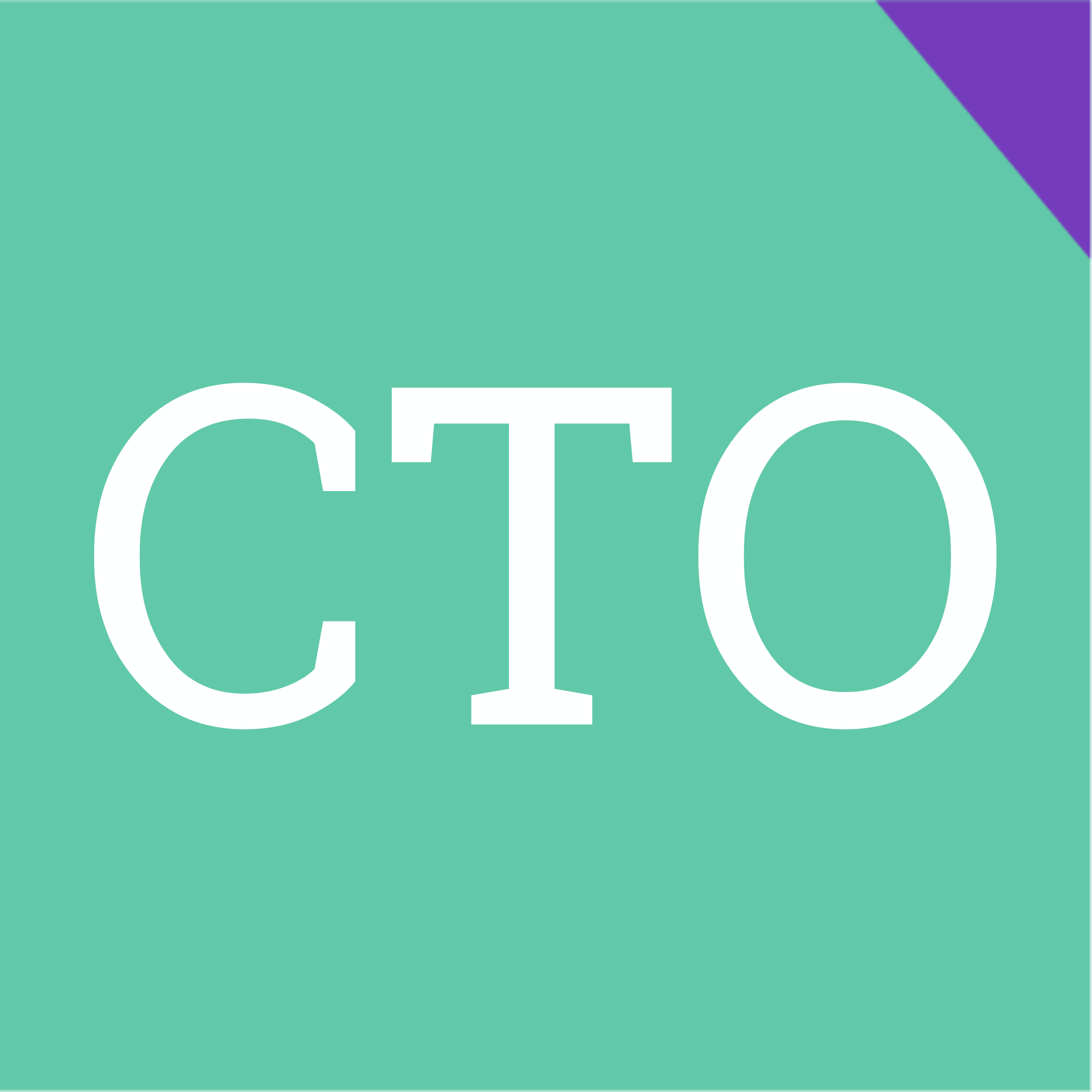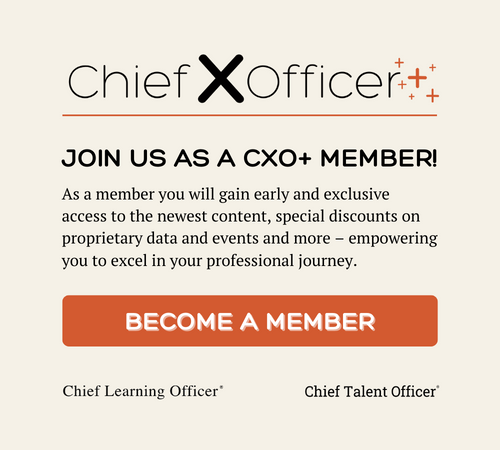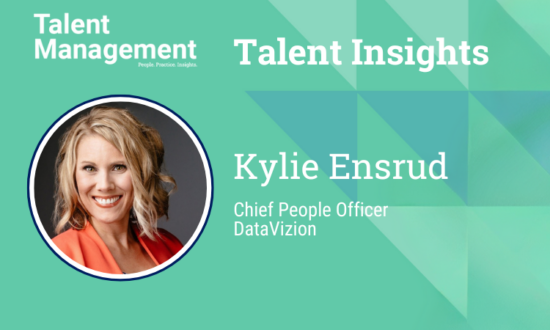Advances in technology, such as generative artificial intelligence, machine learning and virtual realities, have changed how organizations operate and manage talent. These changes have enabled organizations to digitize talent processes and use data to drive informed and quality decision-making. However, despite technologies becoming more cost-effective and accessible, many organizations have not reaped the promised or anticipated benefits.
A personalized technology-enabled talent experience will unlock competitive advantage for organizations. Furthermore, organizations can use a talent and technology interaction model to determine the intent of technology enablement and prioritize accordingly.
Revolutionizing talent management
Most organizations are stuck in the rut of traditional talent management approaches, and they carry the burden of legacy technology systems. We believe the key to revolutionizing talent management is not in the sophistication of technology but rather the extent to which organizations are able to deliver a meaningful and engaging talent experience in a personalized and human-centric way, through technology. To put it simply, it’s not about the tools but about the context within which they are applied, and the outcomes it drives.
The need for technology to enable a human-centric experience has become paramount to the success of any talent strategy. Whether internal or external to the organization, talent wants an experience that feels personal, recognizes and responds to their needs and creates a connection to the organization.
However, most talent management practices fail to deliver an engaging experience as traditional technologies largely follow a functional design blueprint. This means that technology is developed and applied to solve an organizational challenge with little consideration for the individual user. In contrast, a human-centric design allows for more consideration of personal preferences and is more flexible and aligned to individualized needs.
| Case example: In most talent mobility practices, most time is spent on ensuring opportunities are posted to relevant platforms and that the application workflow is automated. Organizations focus on the mechanisms to advertise, optimizing the application process and building efficiencies in response handling. If these practices were human-centric in design, time would have been spent on using data to identify individual ambitions and use those insights for users to match potential fit opportunities and create a talent pool with personalized communication to raise awareness of suitable opportunities. |
Within talent management, a more personalized experience reinforces the employer brand and leads to higher levels of engagement and better performance. Yet, many organizations struggle to let go of the past and embrace this new reality. Often inflexible legacy systems and their inability to scale personalization means that technology is viewed as a barrier to driving personalization at scale.
This perception is further reinforced by the limitations that these technology platforms are notorious for, and the inability to change them without big investments or efforts. In addition, we also find technologies being applied outside of their original intent or purpose, leading to dissatisfaction with the limited features it can enable.
| Case example: Talent acquisition professionals have started segmenting talent pools, using automated email funnels that keep in contact with potential talent pools, and by gathering data have been able to personalize how, where and when communication takes place. By incorporating technology and customer relationship management practices, talent acquisition has become more personal, proactive and targeted. |
Organizations that can harness intelligent, digital technologies to enable this personalized experience are already reaping the benefits, while those that lag behind see a decrease in the attractiveness of their talent brand and their ability to engage and retain their talent.
This is, however, not a one-size-fits-all solution. As such, we developed the Talent-Technology Interaction (TTI) model to guide organizations on what specific experience outcomes the technology should aim to achieve. This matrix can further be applied to guide decisions on prioritization and where potential investment will lead to impact for both employees and the organization.
Using a TTI model as guidance
The TTI framework acts as a thinking framework that helps organizations categorize what the technology should achieve by evaluating two considerations:
1. The impact of the moment for the business and for talent
The first consideration is whether the specific experience which the technology needs to enable is a memorable moment for the employee. Not all moments matter, and as such, the question should be asked whether this moment plays a significant role in enabling an engaging talent experience. Thereafter, you also need to assess if investing in this moment will translate into business impact. Some moments matter to employees but have limited business impact, while others contribute to both the experience and the subsequent business impact.
2. The scalability and integration requirements of the technology solution
The second consideration involves evaluating the scalability of the technology. Consider how often this moment occurs, and what size audience experiences the interaction. This helps to determine how scalable the experience needs to be, and in turn what the technology needs to deliver.
Based on the answers provided to these questions, technology outcomes can be categorized into four specific categories: automate, personalize, standardize and individualize (see Figure 1).

Standardize
This category reflects interactions that do not have a significant impact on the overall talent experience and apply only to some individuals or happen infrequently. These interactions are best supported by technology that enables a reliable transactional experience in a standardized way that delivers according to expectations. When investing in this type of technology, it is beneficial to try and keep investment to a minimum and standardize the technology experience as far as possible.
For example, Company Y has a small, predominantly on-site staff. In this case, the leave application process is not a high-value interaction and only needs to be enabled through technology to ensure efficiency and accurate record-keeping. They decided to implement a basic workflow system that facilitates these types of transactions in a standardized and efficient manner.
Desired outcome: Technology enables standardization in an efficient and cost-effective manner.
Automate
This category reflects interactions that need to be applied to broad talent groupings and have a less significant impact on the overall experience. In this case, efficiency and a good user experience at scale is the biggest technology requirement, while also taking into consideration the high volume and repeatability of the experience.
For example, Company X is a scaling startup. As they continue to grow and onboard more employees, there is a need to create efficiencies in how benefits and payroll are executed. They decide to implement an employee benefits portal that allows employees to view and access their benefits and make choices. Once choices have been made, straight-through processing is enabled through automation, which implements these choices to payroll and third party vendors and automatically updates the payslip. This eliminates the need for manual intervention and allows for a consistent employee experience while saving effort.
Desired outcome: Technology enables high-volume transactional processing, which saves time for everyone and frees up capacity.
Personalize
This category reflects interactions that have a significant impact on the overall talent experience and are also accessed frequently or by a large talent audience. These are high-impact experiences that require personalization to be effective.
For example, Company A has a large homogenous workforce distributed across its various branches. As part of their talent management strategy, they want to deploy transferable skills across various regions and bolster internal capability through this exposure. They source and implement an internal marketplace platform that allows employees to assess their own career aspirations and skills and flag their interest in future opportunities. The talent management practitioners can access this information and push relevant opportunities to where there is interest and skill alignment. For the individual, this feels personal and tailored to their unique needs. However, it remains scalable and efficient to enable the talent management strategy.
Desired benefit: Technology enables a personalized experience for talent that leads to higher levels of engagement.
Individualize
These interactions are high-value moments that have a significant impact on the overall talent experience. However, these experiences might occur infrequently or only be applicable to a smaller audience. In this case, technology is used to deliver a hyper-personalized experience that allows for choices tailored to the individual. Investments in technology are focused on providing intuitive platforms that are easy to navigate, interactive and use data to make personalized and individual recommendations.
For example, Company B has created a successor pool to ensure that their critical roles can be filled. To ensure readiness, they have mapped out a bespoke learning journey that develops the critical competencies required. However, given that their talent audience is at different levels, they invest in a learning platform that is highly flexible and can be calibrated and tailored to individual learning paths. Each individual’s journey is tracked and measured and recommendations are made based on their progress and display of competence. This results in a more dynamic journey that is closely aligned to individual needs. The platform also provides access to an AI coach to guide them on choices and next steps based on their inputs and interactions.
Desired outcome: Technology enables a high-touch experience for talent that leads to higher levels of commitment to the organization.
Technology has played a critical role in driving efficiencies and operational improvements in talent acquisition and other key HR processes for several years. However, as the experience of talent becomes vital to create a competitive advantage, we must look beyond functional excellence to deliver an integrated and personalized digital talent experience.
Given the changing expectations of talent and the evolution of new technologies, the question is not whether technology will impact the talent management landscape, but rather whether we will use it to enable a meaningful and personalized talent experience at scale.










